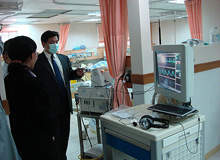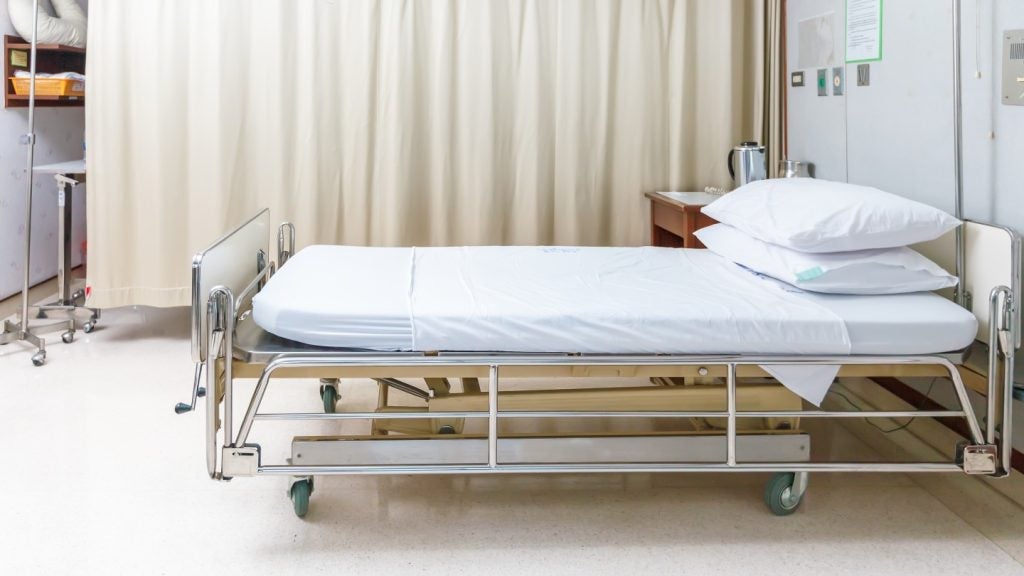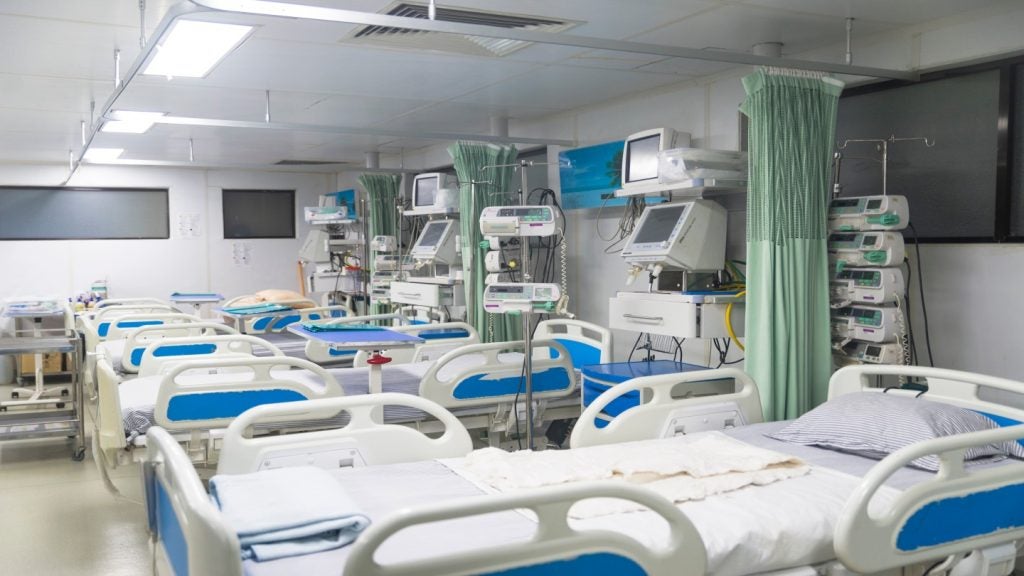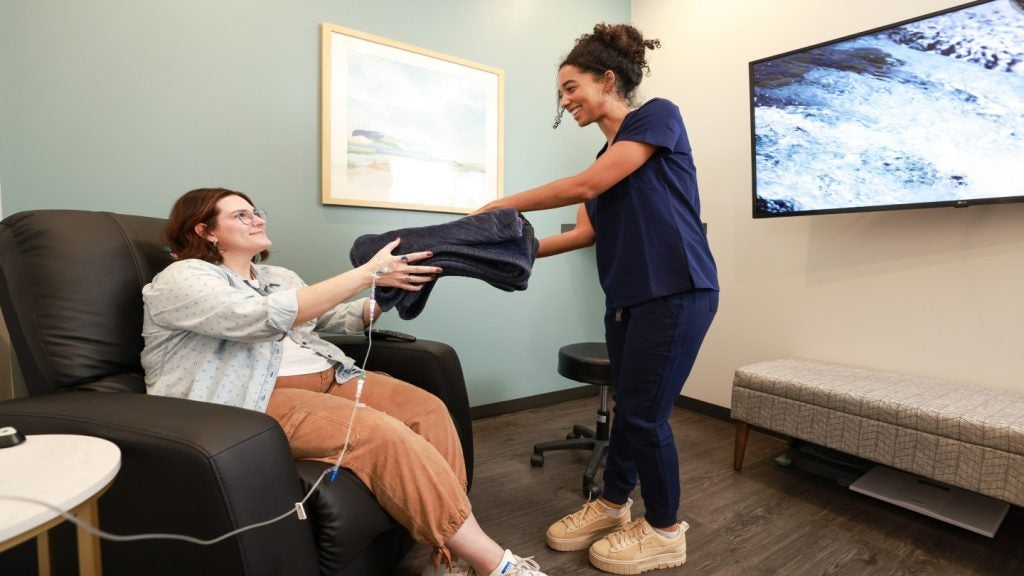
The use of digital services in healthcare encompasses a wide range of technologies, across a broad field of activities – something that has often been reflected in the plethora of names used to express its different aspects, and leading, at times, to conflicting definitions.
Thus, many similar terms exist to describe essentially similar concepts, such as telehealth, telecare, telemedicine, connected health, e-health, e-care and now, increasingly, m-health, with individual usage commonly more a question of local custom and practice, than formal definition.
Beneath this digital umbrella, lies a host of linked but disparate functions, including the likes of advice lines and education, informational resources, medical records access and management, administration, patient movement, virtual health care and remote monitoring. Whatever label you chose to attach to it, the range of applications for communication technology in the health sector has been on an accelerated path in recent years, and it appears that momentum is gathering.
Remote communities
One area where e-health in all its guises has particular resonance is in the provision of care services to under-served and remote communities. As Gregg Malkary, founder of the Spyglass Consulting Group, says, “we do not have a shortage of specialists; we have a disproportionate distribution of specialists. They’re all in the cities.”
The key to redressing the balance lies in the fundamental commodity of e-health – information – and optimising access to it. Extending online medical services, from home monitoring and video conferencing to distance mentoring and remote surgery, holds the promise of significantly reducing the uneven allocation of available resources and will bring benefits to patients and healthcare professionals alike.
See Also:
Many believe that this will see the exclusive patient-doctor model eventually morphing into a more complex series of interactions between a network of patients, doctors, specialists and online databases, improving outcomes for everyone.
How well do you really know your competitors?
Access the most comprehensive Company Profiles on the market, powered by GlobalData. Save hours of research. Gain competitive edge.

Thank you!
Your download email will arrive shortly
Not ready to buy yet? Download a free sample
We are confident about the unique quality of our Company Profiles. However, we want you to make the most beneficial decision for your business, so we offer a free sample that you can download by submitting the below form
By GlobalDataApps and mobile health
It is not, however, all about delivering services to static patients; with the rise of medical smartphone apps and mobile m-health, patients can now take their virtual healthcare with them – and for those planning a trip abroad, the reassurance that this brings can be invaluable.
Recent developments in Canadian m-health applications, for instance, have allowed travellers crossing the border to the US to be monitored in real-time by their own doctors, with the option to update charts and information, and even issue instructions for procedures at a distance, should it become necessary. We may not be at the stage of 24/7 access to big-city medical facilities from anywhere you can get a mobile signal just yet, but it seems things are moving that way.
At the last count, there were around 6,000 health apps available for smartphones, with the iPhone predictably leading the way, though the other operating systems, notably Android and to a lesser extent Symbian and RIM, are working fast to catch up. Interestingly, although proprietary apps shops have played a key role in the uptake of these applications over the last two years, a recent global survey of developers, suggests that their current dominance is soon likely to be challenged by more traditional healthcare channels.
According to a study from mobile research specialists, research2guidance, leading m-health professionals predict that hospitals, medical centres and other specialised healthcare outlets will become the primary source of m-health apps by 2015. The change is expected to come naturally, as more doctors begin directly prescribing health applications as part of their treatment strategies.
Cost and the digital agenda
E-health appears to offer the perfect compromise for the modern age, where consumers can obtain excellent access to health provision, while care providers can keep a lid on costs by harnessing technology to make savings. It seems everyone wins – and on many different levels. According to Neelie Kroes, vice-president for the EU Digital Agenda programme, e-health is one of the most promising ways in which European society can benefit from ICT.
Healthcare forms a key element of the whole European Commission’s digital initiative, with moves afoot to provide secure, online patient access to medical records by 2015, and the “widespread deployment of telemedicine services” five years after that.
The logic is compelling; home telemonitoring for heart patients, the commission says, can improve survival rates by as much as 15%, cut nursing costs by 10% and hospital days by 26%. The picture is broadly reflected elsewhere too.
Even ahead of the projected wider rollout of such services, the rise of the informatics role of e-health has already established its efficacy – in both economic and medical terms. Figures published in the 2010 Annual Report for the UK National Health Service website, NHS Choices, reveal over 100 million visits – up 10% from 2009 – as more patients than ever turn to online sources for reliable health information and assisted self-diagnosis.
In a separate study conducted by Imperial College London, it emerged that of these, around a third were able to avoid booking an appointment with their GP as a result, which it is suggested, could save the NHS as much as £44m a year.
A growing market
Clearly, as the market develops, there will also be money to be made for manufacturers and vendors of healthcare products. In a recent survey of 75 of the top US healthcare and IT professionals undertaken by Intel, there was near-unanimous agreement that there will be dramatic changes to come over the next decade, as the uptake and reliance on e-health expands. Of those asked, two thirds are already implementing some form of tele-medical service, and of the remainder, more than half anticipate that within a year they will do too.
The results of this small study echo wider expectations of just how fast this trend will grow. Datamonitor figures show that the combined US/EU telehealth spend amounted to $3bn in 2009; by 2012, it is predicted that this same market will exceed $8bn. With companies such as IBM and US tele-health provider, American Well, already forming strategic partnerships, and Royal Philips Electronics, the world’s largest maker of patient-monitoring systems, actively field-trialling e-health equipment, that is only the beginning. There is much more to come.







